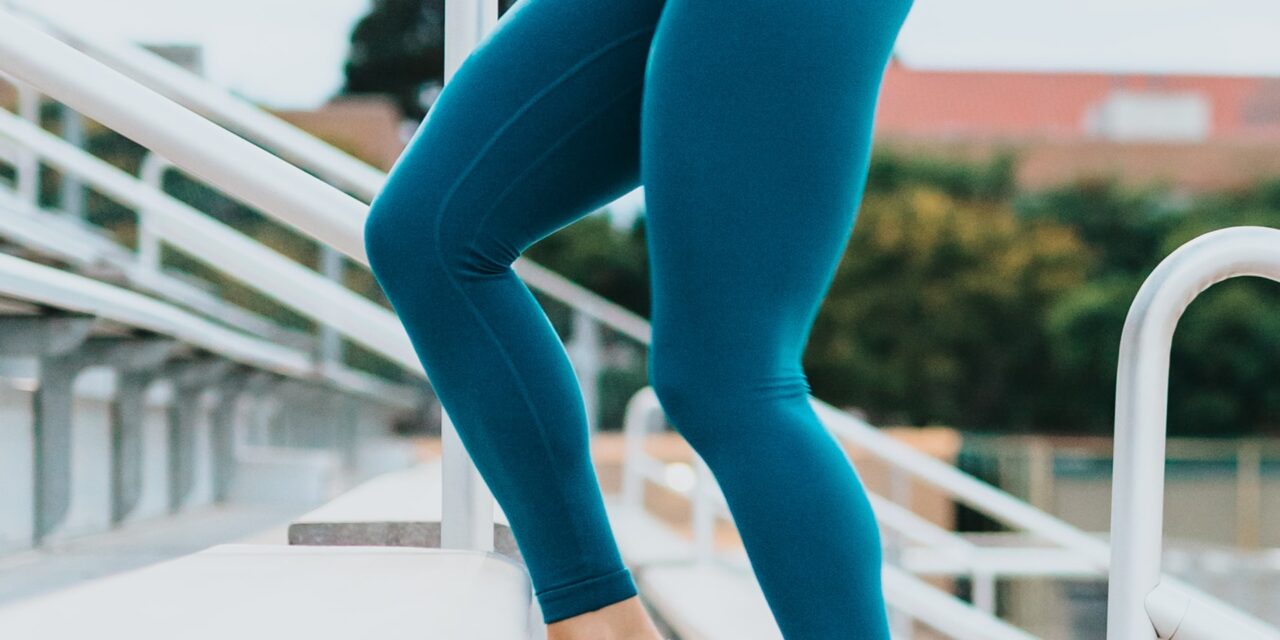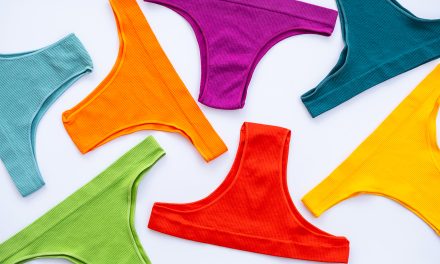It’s no secret that fashion is cyclical. Whether you’ve lived long enough to have experienced trends come and go first hand, or, gleaned from historical or anecdotal references, it’s glaringly obvious that styles are often “inspired” by legacies which seemed to have had its heyday.
In hindsight, it makes sense that what was once in vogue and full swing would slowly get saturated, dated and eventually replaced by the next wave. Read on to find out how women’s leggings, yoga pants or tights, got out into the streets.
Back to the 80’s
Fitness wear hasn’t been immune from this. From experiential reference almost everyone is familiar with the workout styles of the post modern western world. References in the recent past include throwbacks to that era by artists such as Eric Prydz’s “Call on Me.”
OK so most people associated thong leotards and bikini style suits as likely gratuitous sexualisation (side note: it depends on your level of open-mindedness as well; with the wide acceptance of thong swimsuits and freely available porn this might seem tame, if not common place by today’s standards). However it is indicative of what was acceptable in most places of public exercise – relatively tone women in skintight tops and leggings with a one piece bathing suit style overlay, most likely with a thong back.
Enter the 90’s
There was a period of demureness in the early 90’s to mid 2000’s when workout wear for women tended to be just plain shorts and t-shirts. With the arrival of the new trend on the block however, things started changing.
And that trend was the mystical discipline encompassing not just the body, but the mind as well – Yoga. The ancient art of strengthening and limbering the mind and body performed by the mystic yogis, suddenly became mainstream and appropriated by a select portion of the western world. Sure there were incursions and devotees prior, but not with the same vigor and overriding assimilation as this.
Affiliate links
With the arrival of these spiritual and physical communes rose the need for a modern attire not far removed from the space age spandex of the eighties. The first to capitalize on this was Lululemon, whose high-end yoga fitness wear quickly garnered widespread adoption by the masses.
Soon inspired by the yoga fitness wear, the style slowly started eking its way into the wider world of exercise. There one of the most common faux pas, apart from the base minded, incorrigible “male gaze” was that these nearly zero millimetre fabrics didn’t preserve modesty whilst engaged in certain types of exercise. Namely the squat. There was backlash as the leggings would become translucent while working out. Aside from that, the company was in hot water again due to comments made by founder Chip Wilson after the recall of the faulty products.
Certain celebrities have even jumped in recently on the athletic wear bandwagon with their own products recently:
- Kate Hudson started Fabletics.
- Beyonce came out with her own Ivy Park range.
Athleisure
In the wake of yoga pants, one of the biggest bones of contention is that it started appearing in the general public. Far removed from its exercise isolated locales – a quick run to the corner store, the bank, and of all the nerve in broad daylight. Not only were exercise outfits being worn in public, but soon clothing inspired by the form fitting style was emerging. Leggings, the body conforming controversy stirring wear soon started becoming a staple in young women’s wardrobes. This has had drawn the ire of certain groups.
There probably has been countless articles and opinions by the fashion police of the time for the appearance of such attire in public. Tawdry pieces such as “Tights are not pants” or “An open letter to people who think leggings are pants” were seemingly the de rigueur of the early 21st century. There’s even a domain registered – www.tightsarenotpants.com – which has downloadable press kits with surly titles.
The anti-sentiment rhetoric has seemingly abated nearly a quarter of a century in, or maybe it seemed to be more than what it was as it was mouthed by a few vocal members making as much noise and attracting attention as possible. And at present the younger generation, not preconditioned by the cult-like limited world views, have taken to being more open and freer without the trappings and narrow-minded perspective of the self appointed arbiters of morality and fashion codes.
Apart from these sea change of attitude and free acceptance, recent neutral to positive commenters range from posts by modern day thought provocateurs Vox in their blog post A decade of leggings controversy, explained and open minded pieces wondering why we are still debating the appropriateness of leggings in 2019.
However there are still remnants of the old world and the preconceptions from a now ever more fleeting bygone era. These self proclaimed social justice champions seeming to be cut from the same cloth as the fashion police from the past decade and a half. There is the case of the mother writing a letter to a university due to the sheer number of women wearing leggings in a University campus and two girls being prevented from boarding a flight for wearing leggings.
In cases such as the mother writing a letter it seems to lay blame on not just the women wearing these types of clothing, but burdens men as well. It typifies women as being provocative and seeking attention while men as being single minded agents purely driven by lust. So by categorizing whole groups based on a superficial assumptions and understandings of a few it tends to paint everyone into broad over encompassing categories. It presupposes how people are and behave. Never does it take into consideration that both men and women would like to wear items of clothing for themselves; to make themselves feel good without subscribing to the put upon attitudes and drives of those doing the condemning. If there is some allure of wearing clothing and drawing attention so be it on the person who does it. Men also exist who like looking at attractive women without any ulterior motives.
Saying that a certain type of clothing is inappropriate because it engenders the person wearing it to be a provocateur and the person it’s aimed at as being a equally, if not more, morally incorrigible and dangerous speaks more of the prurient nature of those casting aspersions and imposing a perspective which might be entirely their own. It would be akin to saying that the best way to prevent burglary would be by not owning possessions that might tempt someone else. To do so would mean you are asking for trouble and instead you should live with modest, non showy possessions. True that would cause less to be stolen, but just because some people are tempted to take something that does not belong to them doesn’t mean everyone would. And it also doesn’t mean people shouldn’t own anything that would draw attention.
As is most often the case, the requisitioning of women to cover up tends to be mostly from other women who cite, without warrant or approval, men as being the reason women should cover up just as it happened with the mother writing to the university. By doing so they tend to alienate and further fuel the animosity and segregation of the sexes.
FROM HERE, WHERE?
Yoga wear, leggings, or other types of form fitting clothing was designed to be as less obtrusive and less likely to get in the way of doing exercises, hence the need to be body conforming. The word gym is from a modern abbreviation of gymnasium, whose roots derive from the Greek gymno meaning naked. As in how the original disciples of gymnasiums exercised, or wrestled – in the nude. And there’s nothing inherently wrong with being nude or the semblance of being nude – only people’s perception of it.
Leggings and clothing which at once feels utterly modern and advanced harks back to the early times when we frolicked in barely anything. Only needing clothing for protection from the elements. Where there was no artificially engendered modesty. Our present day prudeness imbued belligerent culture that seems to periods of ebbs and flows throughout history, but is finally seeming to getting to a point where it is again moving towards more freedom and acceptance.
Perhaps as we progress into the future, the purpose of clothing will be more for protection and less on covering up based on artificial codes of appropriateness and morality.
What is possibly the next cultural evolution of humanity’s progression. Standing at the start of an epoch perhaps? Towards the rise of a new era in clothing, opinion and openness. Will the way how we dress, feel about our bodies and react to others keep pace with the a civilization that’s soon read to heading for the stars? Or will the troglodytes still persist and seek to supplant advances? Only time will tell how things progress.
Outside Content
- Vox – A decade of leggings controversy, explained
- Excerpt from Athleisure by Kate Hudson – how historically exercise and leisure wear made it into the mainstream














Yes definitely what this is called alright 🙂